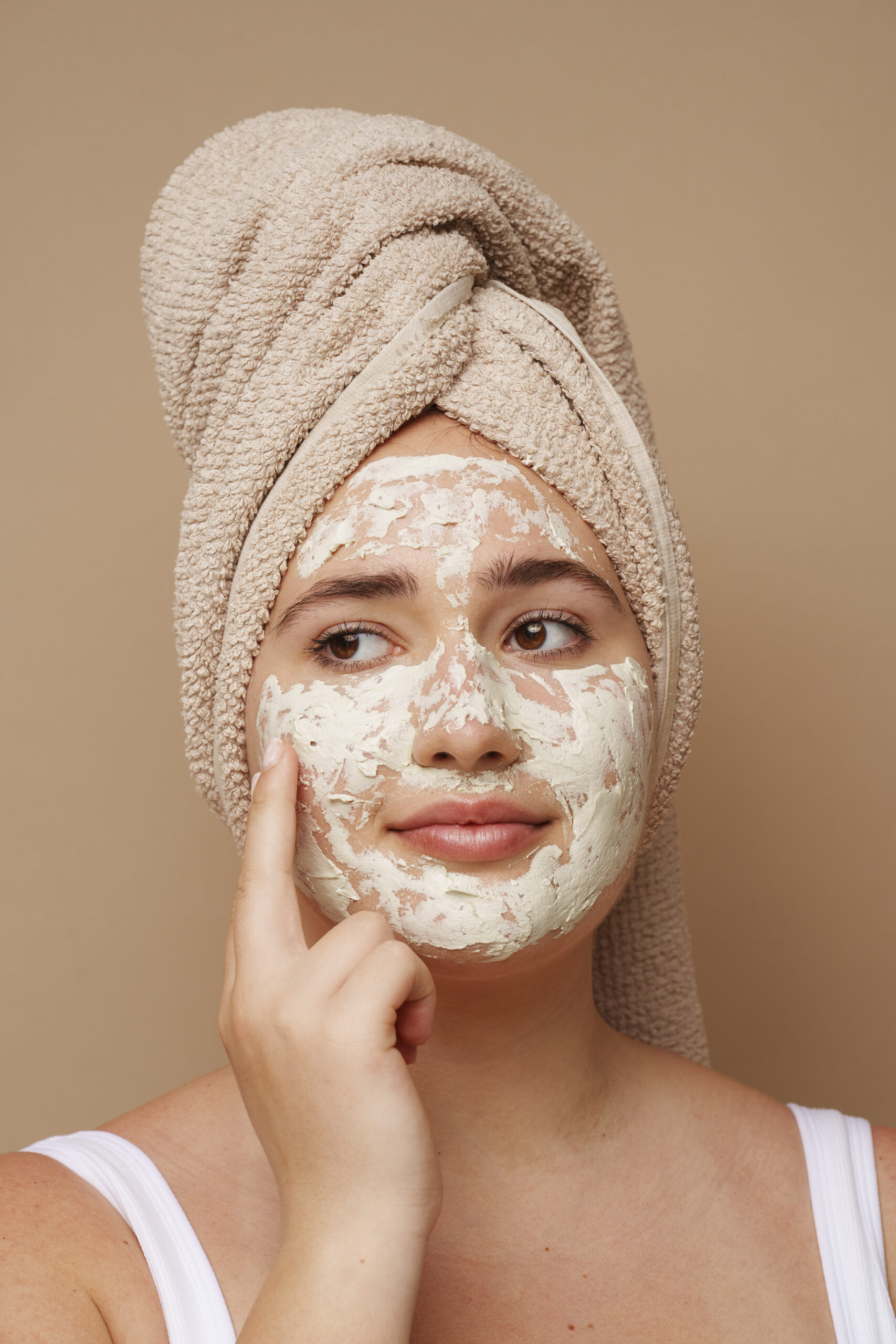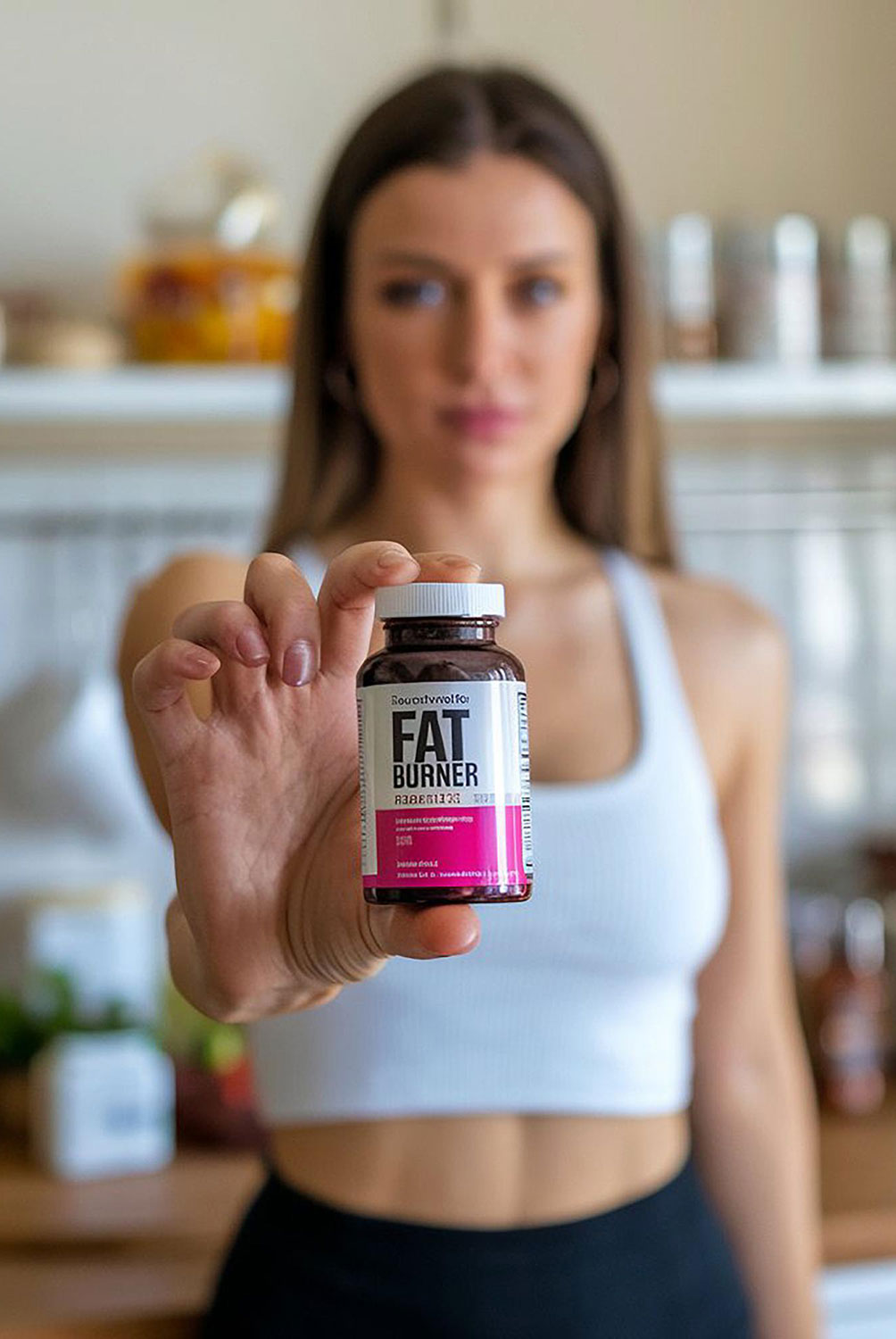Burns and scars treatment with cream or laser

Burns and scars treatment with cream or laser
Life, in its unpredictable dance, often leaves indelible marks on our skin. From the fleeting flush of a sunburn to the deep etchings of a severe burn, these scars can be both physical and emotional reminders of past traumas. But what if we told you that the path to smoother, healthier skin is not just a dream, but a reality within reach? At Luxelasho, we believe in empowering individuals to reclaim their skin’s natural beauty. This comprehensive guide delves into the transformative world of advanced healing strategies, exploring how cutting edge treatments can minimize burn scars and restore your skin’s canvas to its former glory.
Understanding the Scar’s Story: Decoding Burn Severity for Effective Healing
Before embarking on a healing journey, it’s crucial to understand the language of burn injuries. Burns are classified by severity, each demanding a tailored approach to treatment.
- First-Degree Burns: The Gentle Touch:
- These are superficial burns, affecting only the epidermis, the skin’s outermost layer.
- Symptoms include redness, mild pain, and discomfort.
- Sunburns are common examples, often leaving minimal scarring.
- Second-Degree Burns: The Deeper Wound:
- These burns penetrate deeper, damaging the dermis. Blistering is a hallmark symptom.
- These necessitate professional medical evaluation and often leave more significant scars.
- Second degree burns are also classified into superficial and deep second degree burns. Deep second degree burns can cause scarring.
- Third-Degree Burns: The Severe Impact:
- These severe burns damage all skin layers and can extend to underlying tissues.
- Immediate medical intervention, often including skin grafting, is crucial.
- These burns often lead to very noticeable scaring.
((Image 1: A visual representation of the three degrees of burn injuries, showing the layers of skin affected.))
Advanced Topical Burns and scars treatment The Foundation of Scar Revision
The initial management of burn scars, particularly those resulting from first and milder second-degree burns, often involves the application of advanced topical treatments. These formulations are designed to create an optimal environment for skin healing and minimize the formation of prominent scars.
Silicone Gels and Sheets: The Protective Barrier for Scar Modulation
Silicone-based products, available in gel and sheet forms, are recognized as a cornerstone in scar management. Their primary mechanism involves creating an occlusive barrier over the scar tissue. This barrier serves to regulate moisture levels and reduce transepidermal water loss, thereby minimizing excessive collagen deposition. By modulating the inflammatory response and promoting collagen organization, silicone effectively softens scar tissue, reduces erythema, and flattens elevated scars.
These products are particularly beneficial for hypertrophic and keloid scars, which are characterized by excessive collagen accumulation and can result in significant cosmetic and functional impairment. Brands such as Strataderm and Dermatix offer medical-grade silicone formulations that have demonstrated efficacy in clinical studies. These products are formulated to provide consistent and prolonged contact with the scar, ensuring optimal outcomes.
Specialized Moisturizing Creams: Hydration and Barrier Repair for Enhanced Healing
Maintaining adequate hydration is crucial during the healing process following a burn injury. Specialized moisturizing creams play a pivotal role in replenishing moisture, restoring the skin’s barrier function, and mitigating dryness—a common complication that can impede healing and exacerbate scar formation.
These creams often contain a blend of humectants, emollients, and occlusives that work synergistically to hydrate and protect the skin. Ingredients such as panthenol, madecassoside, and shea butter are frequently incorporated for their soothing and reparative properties. La Roche-Posay Cicaplast Balm B5, for example, is a dermatologist-recommended product that leverages these ingredients to promote skin healing and alleviate discomfort.
Scar-Reducing Formulations: Targeted Modulation of Scar Tissue
Scar-reducing formulations represent a sophisticated approach to scar management, incorporating potent ingredients that target specific aspects of scar tissue remodeling. These products often contain growth factors, peptides, and specialized silicones, which have been shown to modulate collagen synthesis and promote a more organized scar architecture.
Mederma Advanced Scar Gel, a widely recognized product, utilizes allium cepa bulb extract, an ingredient with demonstrated efficacy in improving scar texture and appearance. Clinical studies have supported the use of such formulations in minimizing scar visibility and enhancing overall cosmetic outcomes.
The selection of appropriate topical treatments should be guided by the specific characteristics of the scar, the patient’s skin type, and the stage of healing. A comprehensive approach that combines silicone-based products, moisturizing creams, and scar-reducing formulations can significantly improve scar outcomes and enhance patient satisfaction.
Advanced Laser and Microneedling Techniques: Precision Scar Revision
For the management of more severe burn scars, advanced techniques such as laser therapy and microneedling offer precise and targeted scar revision. These interventions leverage state-of-the-art technology to stimulate tissue remodeling and enhance scar appearance.
Laser Therapy: Light-Based Scar Modulation
Laser therapy employs focused light energy to target scar tissue, inducing controlled thermal injury and stimulating collagen remodeling. The selection of laser type is crucial, as different wavelengths and energy settings offer tailored solutions for various scar characteristics.
- Ablative Lasers (e.g., CO2 Lasers):
- These lasers remove the outer layers of scar tissue, effectively smoothing the skin’s surface and reducing scar elevation. They are particularly useful for treating raised or thickened scars.
- Pulsed Dye Lasers (PDL):
- PDL targets the vascular components of scar tissue, reducing erythema (redness) and thickness. This is especially beneficial for scars with prominent vascularity.
- Fractional Lasers:
- These lasers create microscopic treatment zones, stimulating collagen remodeling while preserving surrounding healthy tissue. They are versatile and effective for a broad range of scar types, including atrophic and hypertrophic scars.
These laser treatments are complex procedures that require specialized training and expertise. They are typically performed by dermatologists or plastic surgeons in a clinical setting.
Microneedling: Collagen Induction Therapy
Microneedling, also known as collagen induction therapy, involves the use of a device with fine needles to create controlled micro-injuries in the skin. This process stimulates the skin’s natural healing response, leading to increased collagen and elastin production.
Microneedling promotes scar remodeling from within, improving scar texture and reducing its visibility. This minimally invasive technique can be used alone or in conjunction with other scar revision methods. It is considered a safe and effective option for various scar types.
Combination Therapy: Synergistic Approaches to Optimize Scar Revision
The integration of multiple treatment modalities, such as topical therapies and laser interventions, often yields superior outcomes in scar revision. This synergistic approach capitalizes on the complementary mechanisms of action of different treatments, maximizing the potential for scar improvement.
The concurrent use of silicone-based products and fractional laser treatments, for example, represents a comprehensive healing strategy. Silicone gels or sheets create an optimal environment for scar remodeling by regulating hydration and minimizing collagen overproduction. Fractional laser therapy, on the other hand, induces controlled micro-injuries that stimulate collagen remodeling from within. This combined approach leverages the benefits of both topical and light-based interventions, resulting in enhanced collagen organization, improved skin texture, and reduced scar visibility.
This integrated approach to scar management allows for a more tailored and effective treatment plan, optimizing outcomes and enhancing patient satisfaction.
Factors Influencing Scar Healing: Personalized Treatment Considerations
The outcomes of scar revision therapies are subject to considerable variability, influenced by a confluence of patient-specific and injury-related factors. A comprehensive assessment of these factors is paramount in formulating personalized treatment plans that optimize healing and minimize scar visibility.
Scar Type and Severity: Determining Treatment Intensity
The depth and extent of the initial burn injury play a critical role in determining the complexity and duration of subsequent scar revision. Deeper scars, particularly those resulting from third-degree burns, often necessitate more aggressive and prolonged treatment regimens. These scars may exhibit significant tissue damage and require interventions that address both superficial and deep dermal layers.
Skin Type and Color: Addressing Pigmentary Concerns
Patient skin type and color are crucial considerations, especially in relation to post-inflammatory hyperpigmentation (PIH). Individuals with darker skin tones are more prone to PIH, a common complication following burn injuries and scar revision procedures. Specialized care, including the use of pigment-modulating agents and laser therapies with appropriate wavelengths, may be required to minimize the risk of PIH and achieve optimal cosmetic outcomes.
Individual Healing Response: Tailoring Treatment Timelines
The individual healing response varies significantly among patients, influenced by factors such as age, nutritional status, and genetic predisposition. These variations can impact treatment outcomes and timelines. A thorough evaluation of each patient’s healing capacity is essential to establish realistic expectations and tailor treatment protocols accordingly
((Image 3: A close up image of a laser treatment being performed on a burn scar.))
Advanced Scar Revision: Top Products for Wound, Scar, and Suture Healing
1. Strataderm Scar Therapy Gel
- Description: Strataderm is a silicone-based gel designed to soften and flatten raised scars, reduce redness, and relieve itching and discomfort. It forms a thin, flexible sheet over the scar, creating an optimal healing environment.
- Key Ingredients: Polydimethylsiloxanes, siloxanes, alkylmethyl siloxanes.
- Benefits: Clinically proven to reduce scar size and improve texture, suitable for old and new scars, easy to apply and dries quickly.
- Usage: Apply a thin layer to the affected area once or twice daily.
2. Dermatix Ultra Scar Gel
- Description: Dermatix Ultra is a silicone gel formulated to improve the appearance of scars, including keloids and hypertrophic scars. It helps to flatten, soften, and lighten scars while relieving itching and discomfort.
- Key Ingredients: Cyclopentasiloxane, phenyl trimethicone, dimethiconol, dimethicone crosspolymer.
- Benefits: Fast-drying formula, non-greasy, suitable for sensitive skin, effective on a wide range of scars.
- Usage: Apply a thin layer to the affected area twice daily.
3. La Roche-Posay Cicaplast Balm B5
- Description: Cicaplast Balm B5 is a soothing and repairing balm that helps to calm irritated skin and promote skin healing. It is suitable for use on a variety of skin irritations, including burns, cuts, and scrapes.
- Key Ingredients: Madecassoside, panthenol, shea butter, glycerin.
- Benefits: Soothes and hydrates irritated skin, promotes skin repair, suitable for sensitive skin, fragrance-free.
- Usage: Apply to the affected area twice daily.
4. Mederma Advanced Scar Gel
- Description: Mederma Advanced Scar Gel is a topical gel that helps to improve the appearance of scars, including old and new scars. It helps to soften, smooth, and reduce the redness of scars.
- Key Ingredients: Allium cepa bulb extract, allantoin.
- Benefits: Clinically proven to improve scar appearance, easy to use, absorbs quickly.
- Usage: Apply a thin layer to the affected area once daily.
5. SkinMedica TNS Recovery Complex
- Description: SkinMedica TNS Recovery Complex is a topical serum that helps to improve the appearance of scars by promoting collagen production and skin repair. It is suitable for use on a variety of scars, including surgical scars and burn scars.
- Key Ingredients: Human fibroblast conditioned media, growth factors, peptides.
- Benefits: Promotes collagen production, improves skin texture, reduces scar redness.
- Usage: Apply to the affected area twice daily.
Important Note:
- It is important to consult with a dermatologist or other healthcare professional to determine the best scar treatment for your individual needs.
- The effectiveness of scar treatments can vary depending on the type and severity of the scar, as well as individual factors such as skin type and healing ability.
Rationale for Specialized Scar Revision Services
Selecting a provider for scar revision involves careful consideration of several key factors that contribute to optimal outcomes and patient satisfaction.
Expert Clinical Guidance: Personalized Treatment Planning
A crucial aspect of effective scar management is access to expert clinical guidance. Personalized consultations with experienced dermatologists or plastic surgeons are essential to address individual patient needs and concerns. These consultations should involve a thorough assessment of the scar, a discussion of treatment options, and the development of a tailored treatment plan.
Premium, Clinically Proven Products and Technologies:
The use of high quality, clinically proven scar revision products and technologies is paramount. This includes access to medical-grade silicone products, advanced topical formulations, and state of the art laser and microneedling devices. These products and technologies should be supported by scientific evidence and have demonstrated safety and efficacy profiles.
Transformative Outcomes and Enhanced Patient Confidence:
The ultimate goal of scar revision is to achieve transformative outcomes that minimize scar visibility and restore the patient’s natural skin appearance. Advanced treatments should be designed to improve scar texture, reduce erythema, and enhance overall cosmetic outcomes. This, in turn, can significantly boost patient confidence and improve quality of life.
Embark on your journey to smoother, scar free skin with Luxelasho. Explore our advanced scar revision solutions and reclaim your skin’s natural beauty today.
FAQ:
- How long does it take to see results with Luxelasho treatments?
- Results vary based on individual factors and treatment types. Our experts provide personalized timelines during consultations.
- Are Luxelasho’s laser treatments painful?
- Discomfort is minimal, and numbing creams are available to ensure a comfortable experience.
- Can I use Luxelasho products on old scars?
- Yes, our treatments are effective for both new and old scars, offering hope for long-term improvement.
- Are the topical creams offered by luxelasho safe for sensitive skin?
- Yes, Luxelasho provides a wide range of products that are designed for all skin types, including sensitive skin.
- How many laser treatments will I need to see results?
- The amount of laser treatments needed will vary depending on the severity of the scar, and the skins reaction to the treatment. This will be determined during the consultation.
- Are there any home remedies that can help with my healing process?
- While home remedies can help with minor burns, it is not recommended to use them on anything more than a superficial first degree burn. Aloe vera, Honey, and cold compresses can help with minor burns.
- What is the best way to prevent scarring after a burn?
- Keeping the wound moist, and protected from the sun are the best ways to prevent scarring. Silicone based products are also very effective at preventing hypertrophic and keloid scars.











